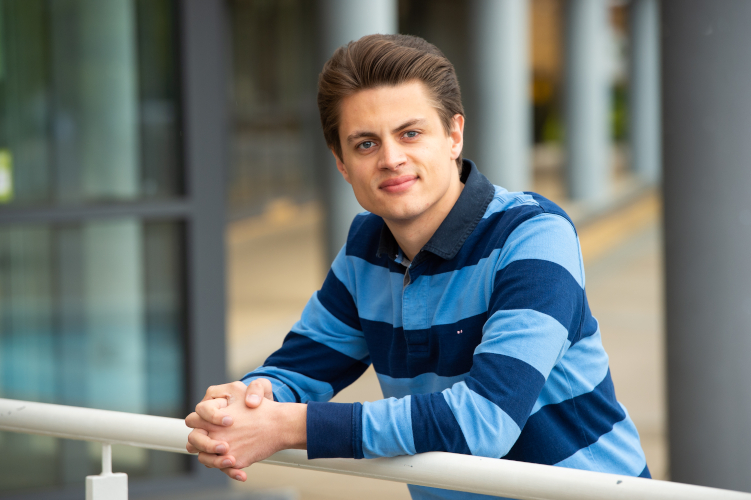
Pierre Arthuis
Theoretical nuclear physics researcher
Chargé de recherche CNRS @ IJCLab, Orsay, France
About me

After studying both versatile engineering at École Centrale de Nantes (France) and physics at Technische Universität Darmstadt (Germany), I prepared my PhD within the Nuclear Physics Department of CEA Paris-Saclay, the French Alternative Energies and Atomic Energy Commission, working with Thomas Duguet and Jean-Paul Ébran. Right after obtaining my degree from Université Paris-Saclay in September 2018, I moved to University of Surrey (United Kingdom) to work within the Nuclear Theory Group with Carlo Barbieri. From September 2020, to 2024 I was a member of the STRONGINT group of Achim Schwenk at the TU Darmstadt. I recently joined the Laboratoire des Deux Infinis Irène Joliot-Curie (IJCLab) from CNRS in Orsay, France, as a Marie Skłodowska-Curie Fellow, and have been made staff researcher (Chargé de recherche) there in 2025.
My research focuses on developing ab initio many-body methods to study the structure of finite nuclei, both from a formal and a computational point of view. My previous works include the development and first application of Bogoliubov Many-Body Perturbation Theory, a low-cost correlated method relying on the concept of symmetry breaking. After that, I worked on the extension towards heavier nuclei of Self-Consistent Green’s Functions calculations, resulting in the first ab initio study of charge radii and densities and neutron skins above the Sn isotopic line. Other efforts towards calculations of heavy nuclei include reducing the memory requirements for storing matrix elements at thetwo-body and three-body level and thus possibly accelerating calculations. I also worked on extending the handling of three-body forces to tackle infinite matter with non-local interactions.
My latest work has been focused on developping new low-resolution interactions to predict bulk properties of nuclei. Such interactions based on chiral effective field theory present good convergence properties with respect to system size and many-body method expansion, which allows for accurate calculations at moderate cost. Our novel interactions proved able to reproduce ground-state energy and charge radius for systems ranging from Oxygen-16 to Lead-208. Additionally, we investigated neutron skins of neutron-rich nuclei, a quantity that links nuclear physics with astrophysics. Our results show an interesting sensitivity of this quantity to the nuclear interaction in very neutron-rich systems that will gradually become accessible in rare isotope beam facilities like FRIB, RIBF or FAIR.
In particular, one of my interests is the automatisation of the development process of many-body methods. When designing and implementing a new formalism, or pushing it towards higher precision, a lot of time is spent on long, error-prone hand-made derivations and operations. This can be reduced by using the appropriate tools to let the computer take care of it. As part of this effort, I am the maintainer and main developer of ADG, an open-source Python package generating diagrams and expressions for several many-body methods. This work additionally led to progress in our understanding of many-body diagrammatics as well as automated-tools-supported introduction of new formalisms.
Where to find me online
Academic group pages
The group page of the theoretical physics group at IJCLab in Orsay, as well as my contact informations on the IN2P3 directory.
My personal page on the STRONGINT group website at the Technische Universität Darmstadt, my previous affiliation.
Academic networks
Have a look at my OrcID, Inspire, GoogleScholar and ResearchGate pages.
Elsewhere
You can find my GitHub and LinkedIn pages as well as my email in the sidebar!